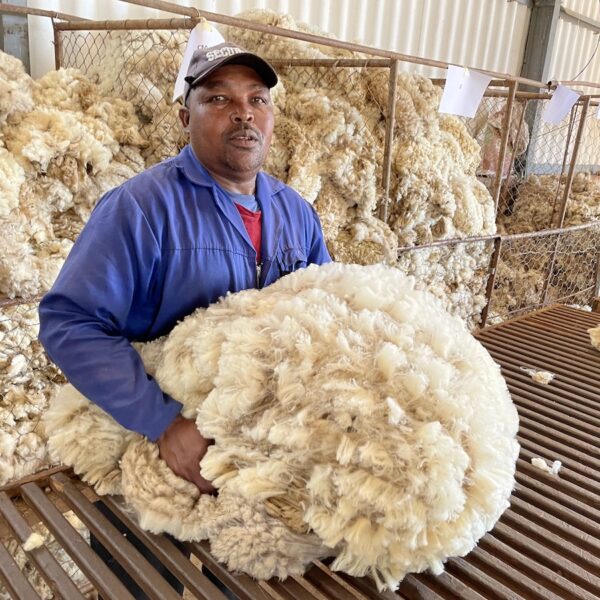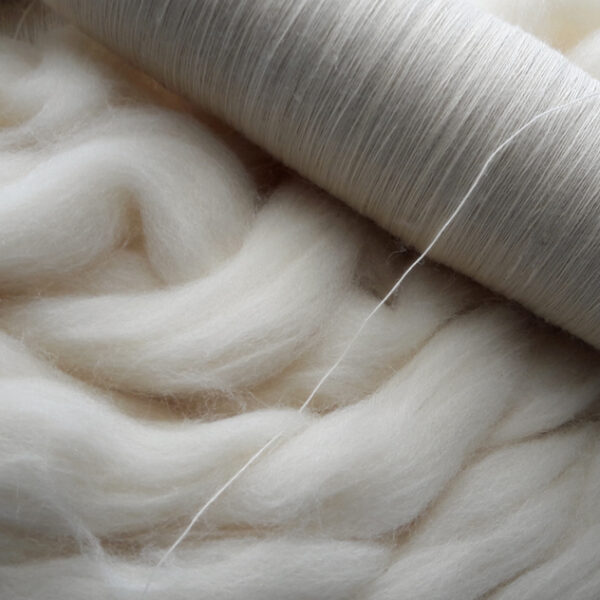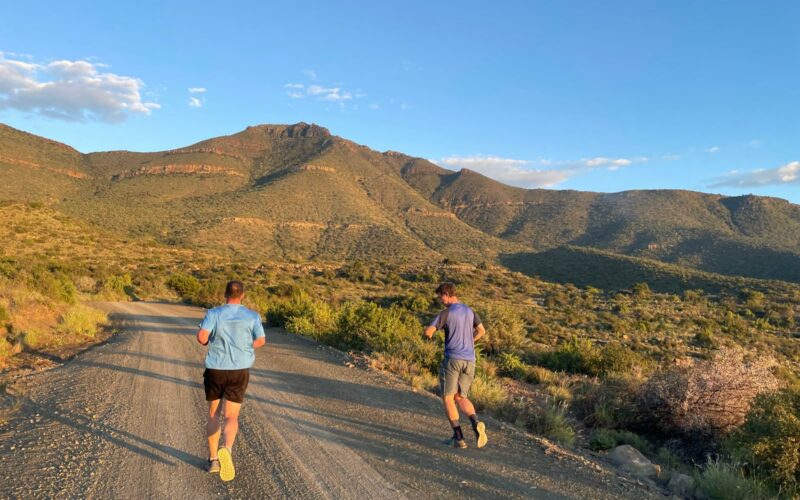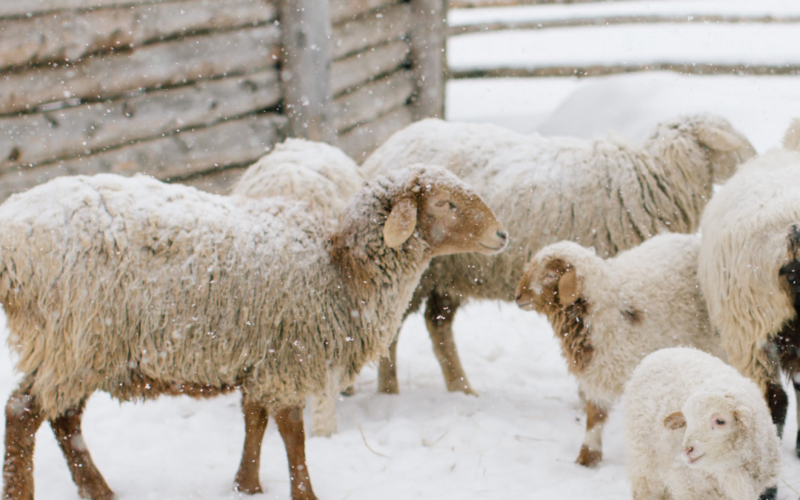Wool yarn is such a small product, but it can be used to make many different textile and clothing items. We appreciate wool for its softness, its quality and its durability.
But in the end, what is behind our jumpers, carpets or technical clothing?
The manufacturing of wool yarns is long and requires above all a lot of rigour throughout the process in order to produce yarns but also objects and clothing of quality. We explain.
Some preliminary steps
The wool must first go through many stages before it can finally be transformed into wool yarn and processed in the spinning mills.
Here is an overview of the different preparatory stages of wool:

Shearing
Everything starts with the key stage: shearing. Shearing is generally carried out once a year and is a necessary step for the health of the sheep.
Sorting
Once shearing has been completed, it is necessary to sort the wool because not all wool has the same value or the same use! For example, Merino wool, because of its high quality, is very popular. So, let’s go to the sorting table. For a quality wool, it is essential to carry out this stage with care. The fleeces are therefore categorised according to the fineness and length of the fibre or according to their colour, for example. As far as possible, impurities such as plant material, excrement or coloured parts are removed.
Washing
Washing commonly called scouring is a real continuation of sorting. The raw wool is further cleaned of organic matter such as urine, excrement or fat, but also of other impurities such as earth, straw or hay, which can alter the quality of the wool.
Sizing (optional)
The wool fibres can be lubricated on the surface to facilitate the carding and spinning stages.
Carding
The wool is then carded, which means that the wool fibres are opened and individualised in preparation for the spinning stage. The fibres are made into roving for spinning or into sliver for combing.
Combing (optional)
The aim of combing the wool is to go even further than carding by passing the wool through combs to remove the last impurities and short fibres called “noils” in order to obtain finer, stronger yarns with premium properties.
Drawing and spinning
The slivers obtained during carding are drawn and refined to prepare and facilitate spinning and winding.


When the wool yarns finally take shape
And yes, it is only after these few long steps that the fibres take the form of woolen threads and are finally ready to be used by the spinning mill!
- Spinning is the process of transforming fibres into continuous single wool yarns by successive stretching. Single wool yarns can also be twisted to increase their strength.
- Milling, for example, allows several single yarns to be joined together to produce stronger wool yarns. Single yarns that undergo two or more twists are called “twisted yarns”.
The long journey of the wool and especially of the yarns ends in the winding process, which allows a maximum number of yarns to be grouped together on the same support.
The different types of wool yarn
After the carding stage, the wool yarns obtained are more irregular but much warmer than the combed wool yarns, which are on the other hand softer and smoother. It all depends on the final use of the yarns. The yarns are often categorised and selected according to their diameter, elasticity, strength and regularity.
The types of yarns are therefore very varied, depending on the wool used, the colour of the yarn, the treatment and preparation of the wool, but also the degree of twist. Wool yarns can be for example :
- Depending on the colour: speckled or melanged.
- Depending on the desired structure: single, twisted or cabled (two twisted threads with one twisted thread) and looped.
- Depending on the fibres used: blended.
Once the wool yarns have been chosen, they will be knitted, woven, felted or tufted!





